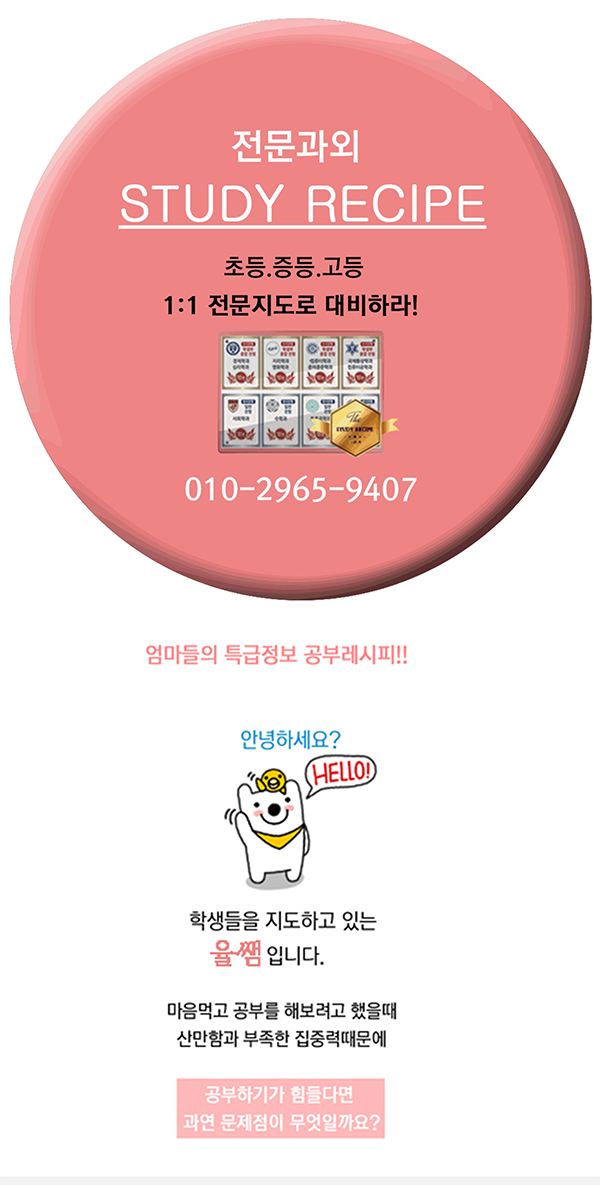월계동영어
nuclear weapons. The U.S. would also appear to the world as less committed to the defense of the hemisphere. On a personal level, Kennedy needed to show resolve in reaction to Khrushchev, especially after the Vienna summit.[156] More than a third of U.S. National Security Council (NSC) members favored an unannounced air assault on the missile sites, but for some of them this conjured up an image of "Pearl Harbor in reverse".[157] There was also some concern from the international community (asked in confidence), that the assault plan was an overreaction in light of the fact that Eisenhower had placed PGM-19 Jupiter missiles in Italy and Turkey in 1958. It also could not be assured that the assault would be 100% effective.[158] In concurrence with a majority-vote of the NSC, Kennedy decided on a naval quarantine. On October 22, he dispatched a message to Khrushchev and announced the decision on TV.[159] The U.S. Navy would stop and inspect all Soviet ships arriving off Cuba, beginning October 24. The Organization of American States gave unanimous support to the removal of the missiles. The president exchanged two sets of letters with Khrushchev, to no avail.[160] United Nations (UN) Secretary General U Thant requested both parties to reverse their decisions and enter a cooling-off period. Khrushchev agreed, but Kennedy did not.[161] One Soviet-flagged ship was stopped and boarded. On October 28, Khrushchev agreed to dismantle the missile sites, subject to UN inspections.[162] The U.S. publicly promised never to invade Cuba and privately agreed to remove its Jupiter missiles from Italy and Turkey, which were by then obsolete and had been supplanted by submarines equipped with UGM-27 Polaris missiles.[163] This crisis brought the world closer to nuclear war than at any point before or after. It is considered that "the humanity" of both Khrushchev and Kennedy prevailed.[164] The crisis improved the image of American willpower and the president's credibility. Kennedy's approval rating increased from 66% to 77% immediately thereafter.[165] Latin America and communism Main article: Foreign policy of the John F. Kennedy administration § Latin America Motorcade with Kennedy and President Adolfo Lopez Mateos in Mexico City, June 1962 President Kennedy signs the Proclamation for Interdiction of the Delivery of Offensive Weapons to Cuba at the Oval Office on October 23, 1962 Believing that "those who make peaceful revolution impossible, will make violent revolution inevitable,"[166][167] Kennedy sought to contain the perceived threat of communism in Latin America by establishing the Alliance for Progress, which sent aid to some countries and sought greater human rights standards in the region.[168] He worked closely with Puerto Rican Governor Luis Muñoz Marín for the development of the Alliance of Progress, and began working towards Puerto Rico's autonomy. The Eisenhower administration, through the CIA, had begun formulating plans to assassinate Castro in Cuba and Rafael Trujillo in the Dominican Republic. When President Kennedy took office, he privately instructed the CIA that any plan must include plausible deniability by the U.S. His public position was in opposition.[169] In June 1961, the Dominican Republic's leader was assassinated; in the days following, Undersecretary of State Chester Bowles led a cautious reaction by the nation. Robert Kennedy, who saw an opportunity for the U.S., called Bowles "a gutless bastard" to his face.[170] Peace Corps Physical text copy of the Executive Order establishing the Peace Corps Executive Order 10924 Establishment of the Peace Corps MENU0:00 John F. Kennedy's announcement of the establishment of the Peace Corps Problems playing this file? See media help. In one of his first presidential acts, Kennedy asked Congress to create the Peace Corps. His brother-in-law, Sargent Shriver, was its first director.[171] Through this program, Americans volunteered to help developing nations in fields like education, farming, health care, and construction. The organization grew to 5,000 members by March 1963 and 10,000 the year after.[172]카테고리 없음


